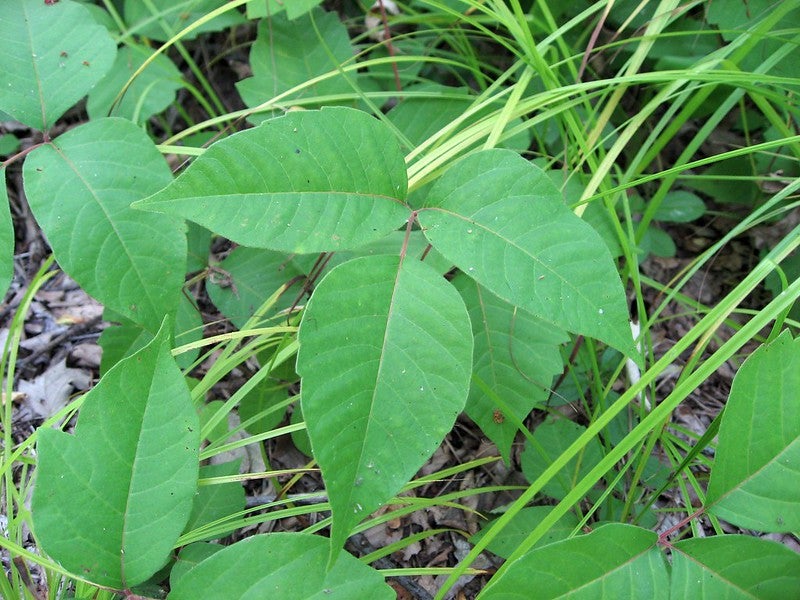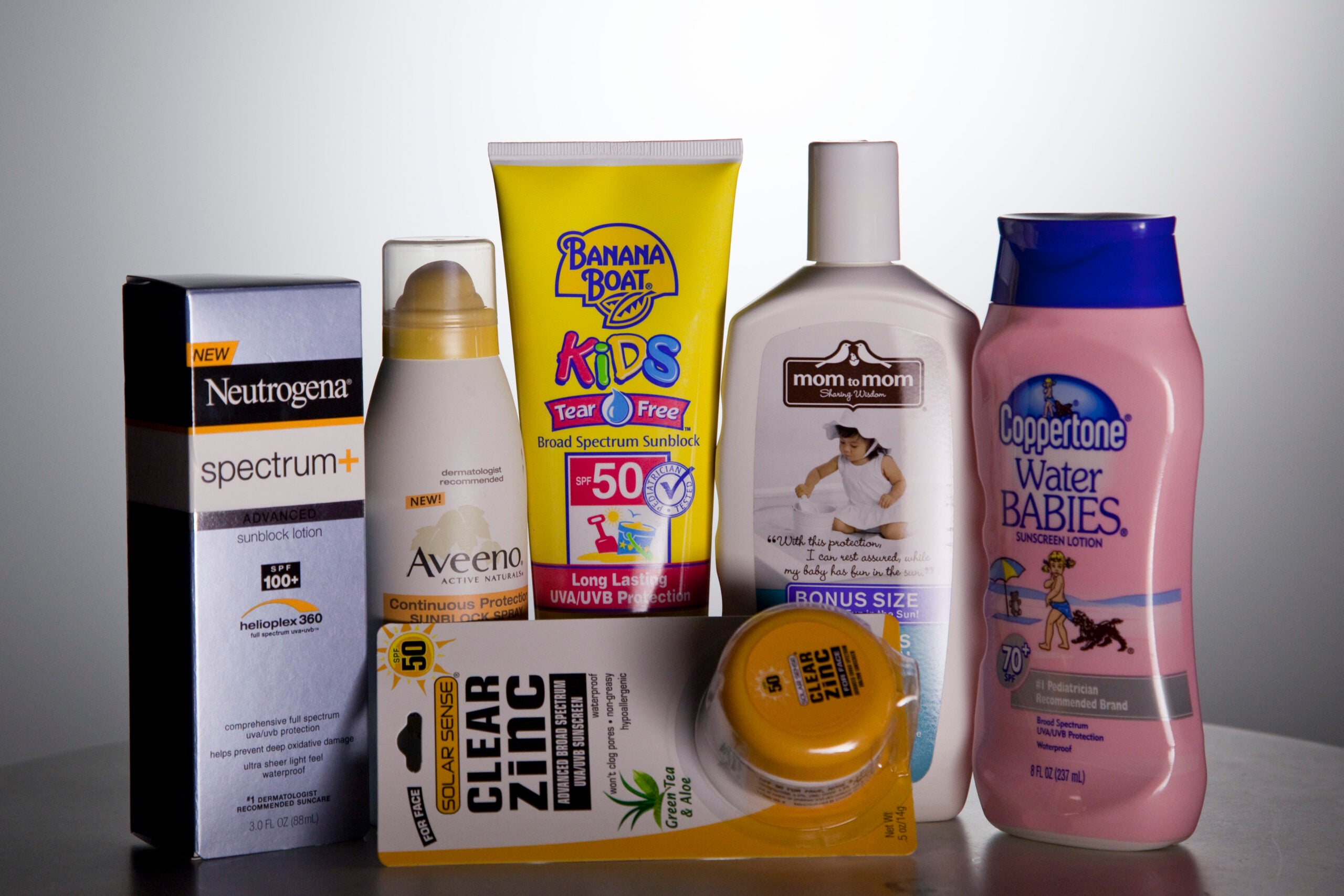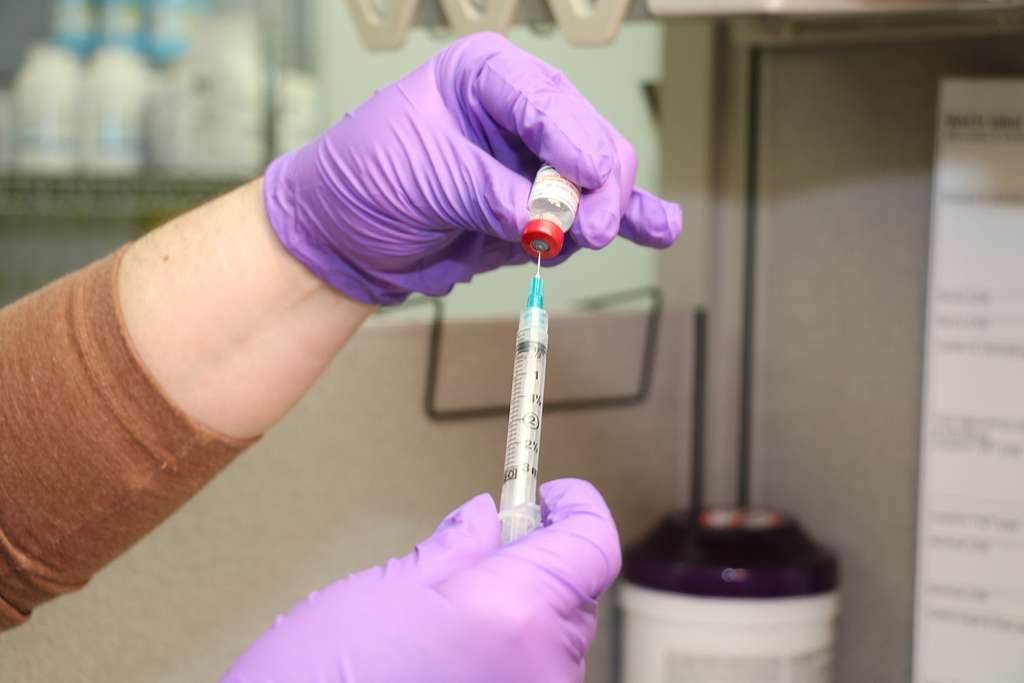The summer months mean time for lazy days on the lake, catching a ball game or taking a hike in a nearby state park. But thanks to poisonous plants, the heat and sunshine, it can also be a time for itching, scratching and burning.
That’s where a dermatologist can help out. Dr. Apple Bodemer recently joined WPR’s “The Larry Meiller Show” to talk about treating and preventing common summertime skin ailments. Bodemer is a dermatologist and professor in the Department of Dermatology at the University of Wisconsin-Madison.
Treating poison ivy, oak and sumac
News with a little more humanity
WPR’s “Wisconsin Today” newsletter keeps you connected to the state you love without feeling overwhelmed. No paywall. No agenda. No corporate filter.

Poison ivy is native to North America, according to the Wisconsin Horticulture Division of Extension at UW-Madison. In Wisconsin, it grows in pastures, roadside ditches, forests and beaches — pretty much everywhere.
If you encounter this plant, it’ll give you a rash that’s red and swollen, Bodemer said. Then, the rash will blister. It’s “intensely itchy” for most people.
An oil called urushiol causes the rash, Bodemer said. It’s also in poison oak and poison sumac. Urushiol can transfer to other areas of your skin, from your clothes to your skin and even from your pet’s fur to your skin.
Bodemer said the first thing to do if you walk into poison ivy is to wash off the contact point.
“And because it’s an oil, you’ll need to use soap and warm-to-hot water,” Bodemer said. “If you just start using cool water and kind of rinsing, the oil will spread on the surface of the skin or clothing.”
Calamine lotion or one percent hydrocortisone cream can help dry out blisters, Bodemer said. Using a cool compress or taking an oatmeal bath can be soothing, too.
Some people work in places where poison ivy is abundant. In that case, Bodemer recommends protective clothing like long pants and long sleeves.
Bring on the heat (and sweat)
Several skin conditions are often lumped together under the umbrella of heat rash, Bodemer said.
The most common rash occurs when your hot skin can’t perspire because something is blocking the glands from releasing sweat. The sweat builds up under the skin and tiny white dots appear.
Another frequent springtime condition is polymorphous light eruption. That’s when sun exposure to sensitive skin causes an itchy rash. As the summer wears on, the skin adapts to the UV exposure and the rash fades.
“That kind of spring heat rash is what might be a clue that you’ve got the polymorphous light eruption happening,” Bodemer said.
Athlete’s foot also makes an appearance during the summer months. It’s a fungus that likes warm and moist spaces is to blame for this condition.
“People might get grossed out and think that it’s a sign of being dirty. It’s not,” Bodemer said. “This fungus, you’ll find it in gyms and pools, like anywhere where people are.”
You’re more likely to pick up athlete’s foot if you walk around barefoot in public places like pools and showers. Bodemer recommends wearing sandals instead to avoid the fungus.
And, a word about sunscreen

A dermatologist can’t talk about summer without talking about sunscreen! First and foremost, Bodemer is an advocate for wearing photoprotective clothing. A study published in the Cureus Journal of Medicine says photoprotective clothing offers more UV protection than regular clothes. It also uniformly covers your skin, unlike haphazardly applied sunscreen.
Bodemer said there’s been a lot of controversy around sunscreen’s chemical ingredients in recent years. She cited a study by the Food and Drug Administration that found we’re absorbing the chemicals to a much higher degree than previously thought.
“I generally recommend staying away from those chemical ingredients,” Bodemer said.
When you go to buy your sunscreen, check out the back of the bottle. It’ll have a list of active ingredients. Bodemer said it should say zinc oxide, titanium dioxide and/or iron oxide. Those ingredients are safe for your skin and also less likely to cause allergies.
These days, sunscreens come in so many different shapes and sizes. Some feel thick on your skin and others light. Still more are tinted, like makeup.
“You kind of want to play around and find something that works for you,” Bodemer said.



